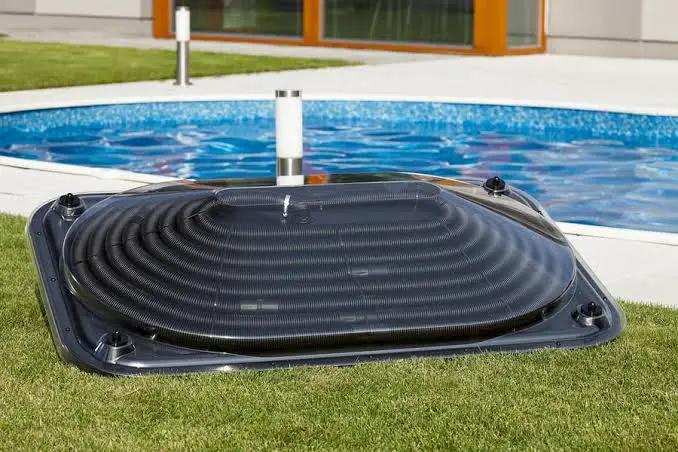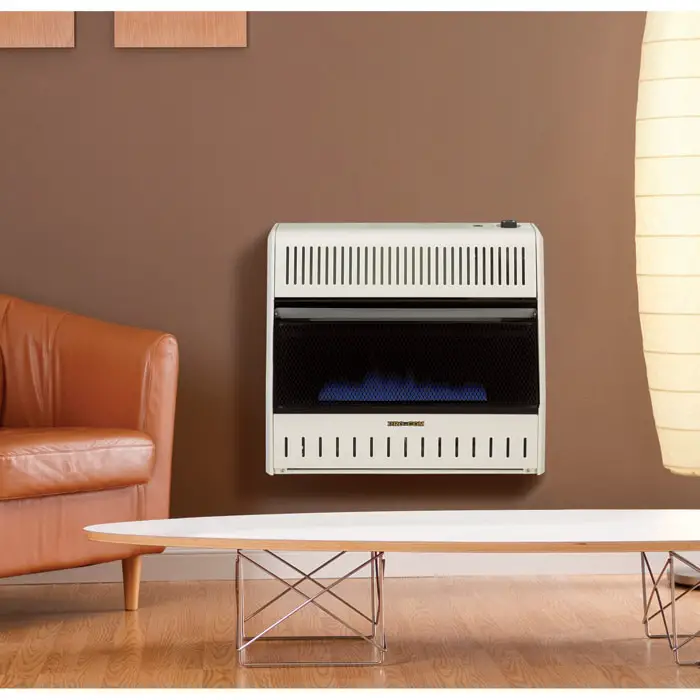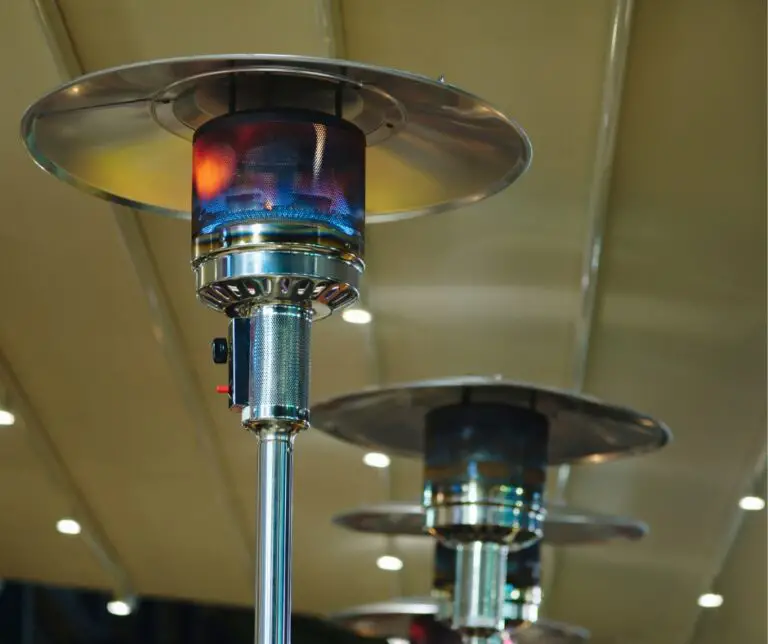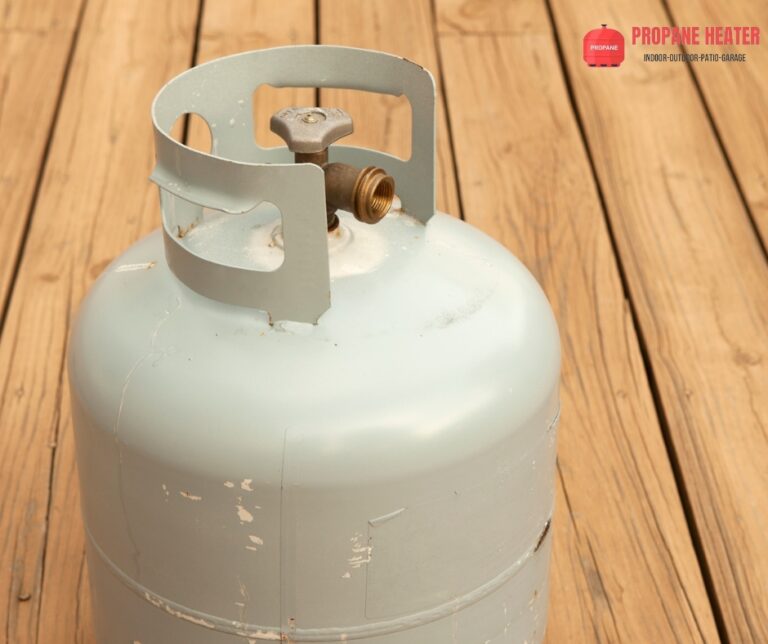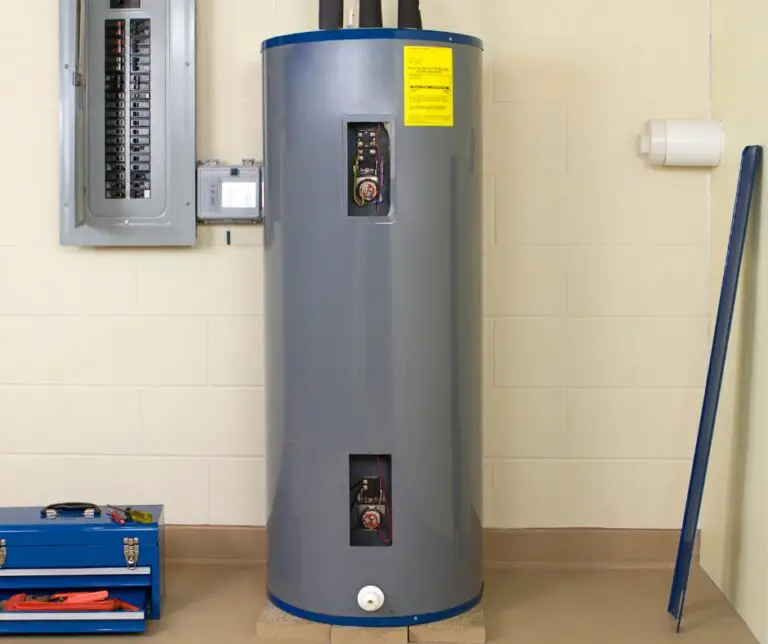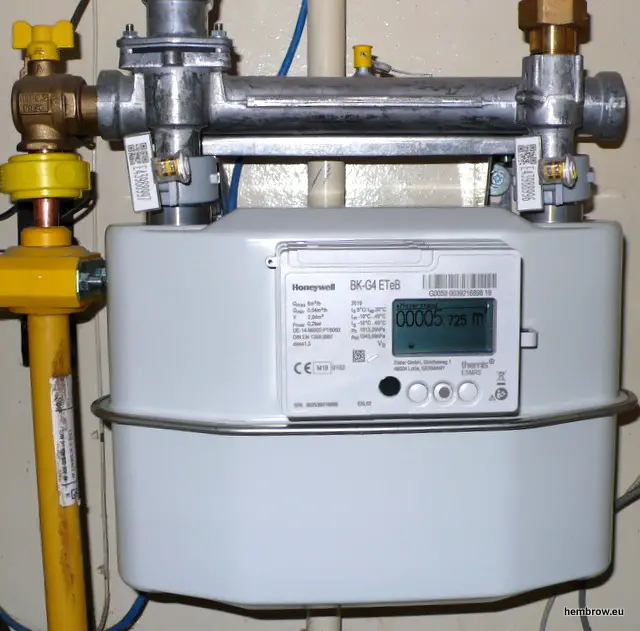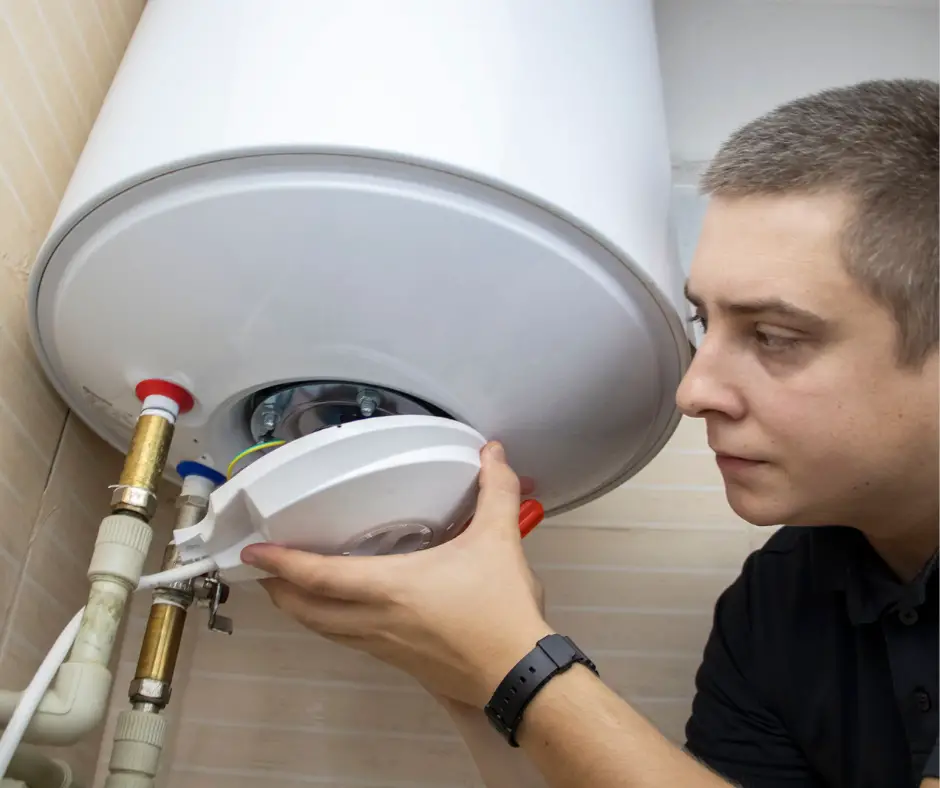
A tankless water heater is a great option for your home. It can provide you with hot water when you need it, allowing you to save money on your energy bills and reducing the amount of time that it takes for your water to heat up. However, there are some factors that can affect how well this type of heater works in your home or business. Here we will discuss where to install one based on factors such as climate and size of the property.
1. Install Near an Outdoor Wall
The best place to install your tankless water heater is near an outdoor wall. The wall should be in a sunny spot, as this will help the water heater absorb and dissipate heat. When installing a tankless water heater close to an outdoor wall (or any surface that can absorb heat), it’s important to follow the manufacturer’s instructions carefully. If you don’t set up your unit correctly, it could malfunction or catch fire.
2. Near Proper Venting
You may need to make some changes to your home’s structure or plumbing before installing a tankless water heater. This is because the venting system must be properly installed in order to work correctly.
The Department of Energy recommends that you install your venting in an unobstructed area at least 3 feet above the roof line, at least 6 inches from walls, and 2 feet away from the ground.
3. In the Kitchens
It’s common for homeowners to install their tankless water heaters in kitchens because they often use more hot water than in other areas of the house. Plus, installing one here saves money over time by reducing standby energy costs associated with keeping large tanks at a constant temperature.
The downside is that some models may not deliver enough heat when multiple people are using it at once.
4. Tankless Water Heaters Are Often Installed in Bathrooms, Laundries, or Basements
The installation of a tankless water heater is dependent on the location, local codes, and the overall layout of your home. Some regulations require that a tankless water heater be installed within close proximity to a bathroom or laundry due to its ability to provide hot water for those rooms.
If you are unsure of where best to install your tankless water heater, consult with a professional plumber or HVAC technician who can help you choose an area that will be most beneficial for your family and property.
5. When Installing a Tankless Electric Water Heater, Place It in an Open Area to Help Dissipate Heat
A tankless electric water heater can be installed anywhere in your home, but you’ll want to be sure that the location you choose is able to handle the heat. The more open space around a tankless water heater, the better.
Heat is dissipated by convection (the movement of heat from a warmer substance to a cooler substance), conduction (the transfer of heat through direct contact), and radiation (the transfer of heat through electromagnetic waves).
If you choose an outdoor location for your tankless electric water heater, be sure it’s far enough away from any structures or trees where they might interfere with ventilation. If your yard isn’t very level, make sure it has enough slope toward an outlet so there aren’t any dips that could block airflow into the unit or cause it to overheat.
6. You Will Want to Install Your Tankless Water Heater as Close to Where You Need Hot Water
You can do this by installing it near the point of use or close to the source of hot water. This will ensure that it doesn’t have far to travel when the time comes for your family or business to use hot water.
You should also try and minimize the number of elbows and bends in your piping system wherever possible. These can cause friction which leads to heat loss so less is better here.
Factors to Consider When Installing a Tankless Water Heater
1. Location
The location of your tankless water heater will affect how much energy it uses, how much hot water you have on hand, and how much money you spend on utility bills every month. If possible, install the unit as close to all of your fixtures as possible so that there aren’t any long pipes in between them (which means more friction). This will also make it easier for you to adjust temperatures throughout the house if necessary.
2. A tankless water heater should be at least 18 inches away from the ground
If you have a tankless water heater in an area where it’s exposed to the elements and may freeze in the winter, then you should keep it at least 18 inches away from the ground. This will prevent water from freezing inside the unit, which can lead to leaks or damage once it thaws.
3. Place the water heater as close to the point of use as possible
The best place to install a tankless water heater is as close to the point of use as possible. This minimizes pipe length, which reduces energy loss and the risk of freeze damage. Close proximity also ensures that minimal hot water is wasted in transit from the unit to your faucet or showerhead.
4. Gas-fueled tankless water heaters need proper ventilation for the exhaust gases released during the combustion process
When installing a gas-fueled tankless water heater, it’s important to consider proper ventilation for the exhaust gases released during the combustion process. Carbon monoxide build-up can be prevented by installing adequate ventilation in the space where your tankless water heater will be installed.
This means that all gas-fuelled tankless water heaters require proper ventilation, which should be designed and installed by a qualified professional.
How to Safely Install a Tankless Water Heater
For the safest installation of your new tankless water heater, hire a professional. A licensed plumber will be able to ensure that all codes are followed and the unit is installed correctly.
Check with your local building and gas/electric codes before installing a tankless hot water heater in your home. Make sure that the type of tankless water heater you choose can be used safely in your area. Also, make sure it has been approved by an inspector after installation.
Conclusion
If you’re considering installing a tankless water heater, it’s important to know where you should install it. A tankless water heater can save you money on your monthly utility bills and help with conserving water, but there are some things to keep in mind when choosing where to put one in your home.

I am Richard A. Jackson man behind propane heating solution, An HVAC expert working as a team lead of the heating department, Provide services all over the USA (around all major cities), and from planning to implementation, you will get all your solution here. We provide various tanks (propane and other natural gases) and deal with disposable waste.

